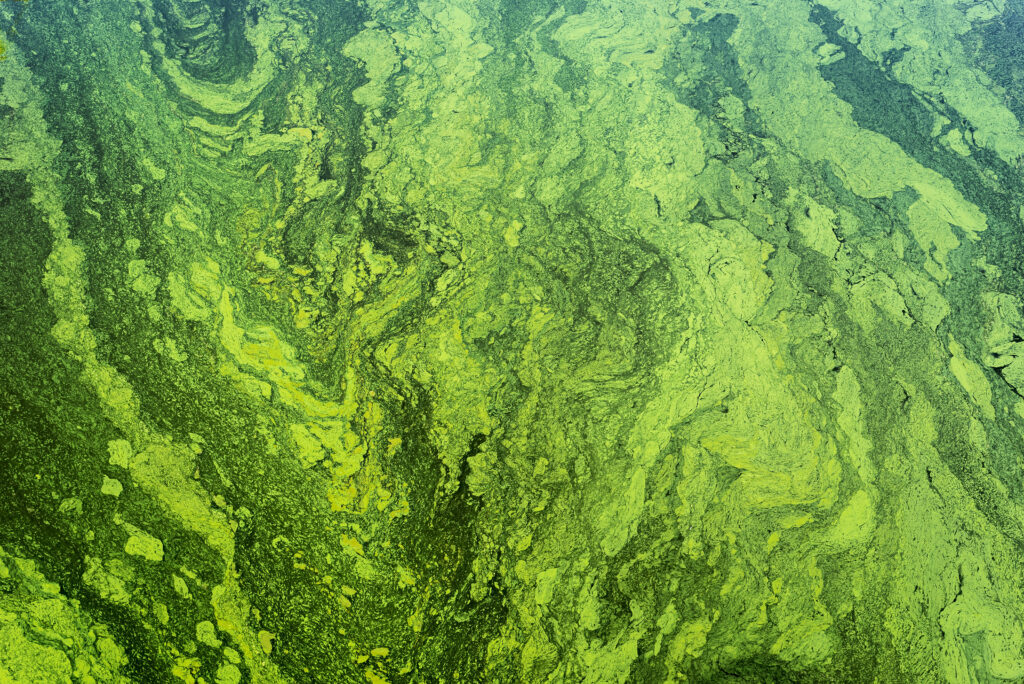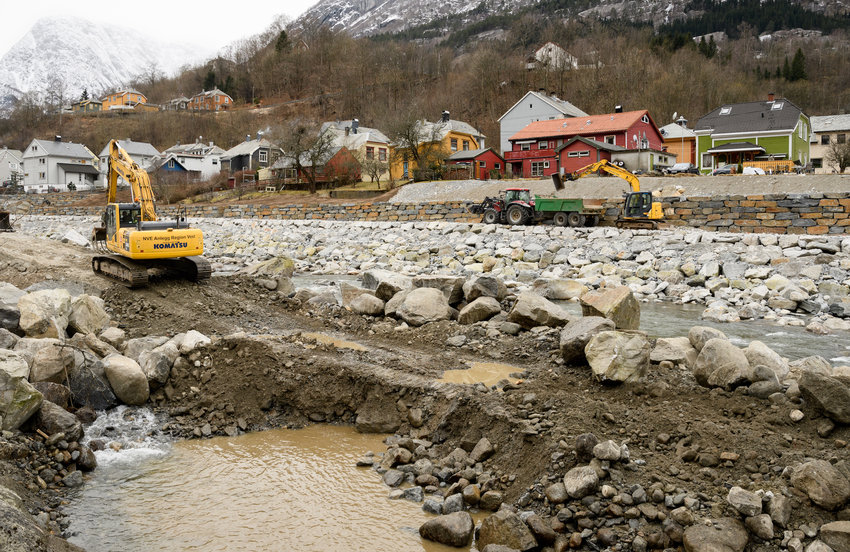New models can help improve national algae monitoring and plan actions to prevent damage.

Researchers at Nansen Environmental and Remote Sensing Center (NERSC) and the Institute of Marine Research (IMR) have recently published a study in Environmental Data Science describing the calibration of probabilistic models that can be used to predict the presence and outbreaks of harmful algae along the Norwegian coast.
Reduces risk for health and economy
Harmful algae produce toxins that can contaminate shellfish, posing a health risk to humans and economic losses to shellfish farmers when their products become unsellable.
The study’s models are particularly useful for pinpointing periods and areas of higher risk, assisting local authorities and other stakeholders in developing more effective monitoring strategies and preventing shellfish poisoning and reducing production losses.
Machine learning methods
The researchers have used machine learning to estimate the likelihood and harmful abundance of eight toxic algae species. The models rely on environmental factors such as sea surface temperature, photosynthetically active radiation, mixed layer depth, and sea surface salinity. The data used to train the models span from 2006 to 2013, and the models were tested with data from 2014 to 2019.
Application
The models can identify regions and times with higher risks of harmful algae, thus aiding in better monitoring and timely preventive actions. The method can be adapted to other coastal regions, using similar environmental data commonly available through remote sensing. This means other countries with similar algae monitoring infrastructures could benefit from this approach.
The models can also be supported by existing environmental forecasts, making the predictions more robust. This includes short-term seasonal forecasts and long-term climate projections. Integrating these models into decision-making processes could help protect public health and enhance the resilience of coastal ecosystems, making shellfish production safer and more sustainable.
Reference
Silva E, Brajard J, Counillon F, Pettersson LH, Naustvoll L. Probabilistic models for harmful algae: application to the Norwegian coast. Environmental Data Science. 2024;3:e12. doi:10.1017/eds.2024.11

